COLLECTOR PROFILE
By Pat Veltri
TOPIC: Salt and Pepper Shakers
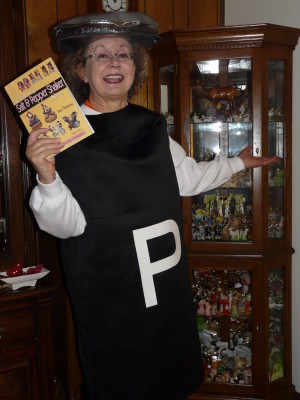
Stamps, coins, pencil sharpeners, statues of saints, polka records — my mother, Margaret Christy, an avid collector, collected all of these things and more. While I was growing up in the small town of Aguilar, Colorado, Mom’s collections were a normal part of my home environment. Her keychain collection was stored in a five-pound candy box in my bedroom closet. A couple of glass-covered bookcases in the dining room were filled with dolls from all over the world. My mother’s sister, Rose Christy, started a salt-and-pepper shaker collection in the 1940s that ultimately found its way to our house and filled another glass-covered bookcase. Later on, after I left home, collections of angels and miniature clocks lined her bookshelves.
Growing up, reaching adulthood, and moving to Raton to pursue a teaching career, I didn’t think much about Mom’s collections, other than subconsciously acknowledging that they were a part of her persona. I remember that whenever family members went on vacations, Mom always received some new additions to her keychain and shaker collections, and I contributed a few additions myself.
When Mom passed away in 1999, I inherited her collections. I purchased a curio cabinet to house her angels and miniature clocks, but I was ambivalent about the other collections and left them in storage.
In 2008, I volunteered to work at my parish’s annual Fiesta. I was assigned to the Country Store. As I was cleaning and sprucing up some of the items for sale, I noticed a couple of other volunteers oohing and aahing as they were unpacking a salt-and-pepper collection that someone donated. At that moment something clicked in my mind — I think I was zapped by the “cuteness factor” of the various shaker sets — and on impulse I purchased ten sets. My newly purchased shakers and Mom’s shaker collection were soon mingling with the angels and clocks in my curio cabinet.
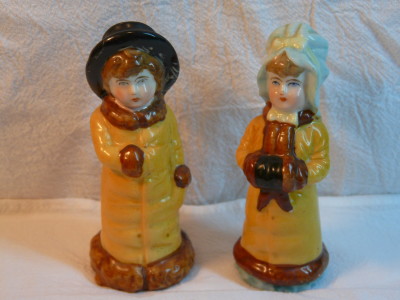
I quickly became immersed in shaker lore. Bench sitters, go-withs, hangers, huggers, kissers, squeakers, turnabouts, minis, longboys, nodders, nesters, mechanical sets, and rockers became part of my vocabulary. The aforementioned are shaker forms, or categories, that most shakers sets fall into. If the shakers do not fit in any of these categories, they are simply called a pair. The various shaker forms can also be grouped into themes such as advertising, people, animals, buildings, Black Americana, food, places and anthropomorphic (the attribution of a human form or personality to be an animal or thing). Probably the most important thing that I learned about shakers is that the majority of them seem to defy the function for which they were intended. In other words, while those shakers are whimsical and charming, they are totally impractical for use on the dinner table.
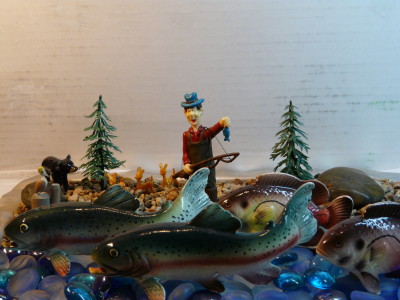
Mom’s collection had its beginnings in the 1940s, so most of her shakers are now considered vintage. A good portion of them have a maker’s mark that says “Made in Japan” or “Japan”, indicating that they range in age from forty to seventy years old.
In the last six years I have added approximately 150 sets to the collection. I am mainly adding vintage shakers to the collection because they appeal to me the most, but occasionally I find newer ones that “speak to me”.
With the combination of what Mom had and what I have added, I now have a wide variety of sets that fall into most of the shaker form categories and fit many of the themes. Some of them are quite elegant, some are artistic in form and design, and some — especially the anthropomorphic ones — have “personality”. I have shakers made of sterling silver, aluminum, crystal, wood, ceramics, bone, cactus, glass, and plastic. Some of them belong to the “Singles Club”, which means one of the partners is missing.
I buy my shakers mainly at thrift stores, where most sets sell for less than five dollars. I have also purchased them at estate sales, antique shops, yard sales, and on the Internet. I have spent as little as a quarter for a plastic set, and as much as one hundred dollars for a pair of sterling silver shakers. Now that my friends know about my collection, I have also been pleasantly surprised to receive several new additions for my collection as gifts for my birthday and holidays. Three hundred eighty-one sets and counting!
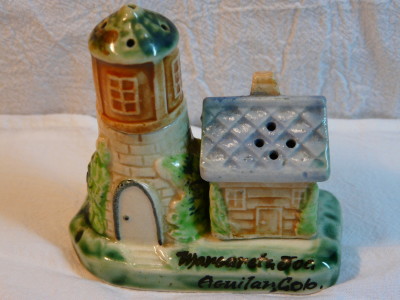
According to Susan Pierce in Interpreting Objects and Collections,” about one in three people in North America and Europe collect something”. Collections can be as diverse as the people who systematically seek and acquire things for a collection. Collections canbe practical or just appealing. They can add to our knowledge. They can remind us of places we’ve been, or bring back memories of a better time. And they can fatten our wallets, if we collect with the idea of one day selling the collection.
Collections can enrich our lives. Since 2008 my shaker collection has been a constant source of delight for me, and it has become an enjoyable part of my life. The monetary value of the shakers is irrelevant to me. I’m hooked on the thrill of seeking them out, and it’s nice that they’re so affordable. They’re endless in their variation so it’s always exciting to wonder what kind I might find next. I feel a special connection to my mom by carrying on her legacy of collecting shakers. I’m beginning to understand her fascination with them. I know they bring a smile to my face every day!
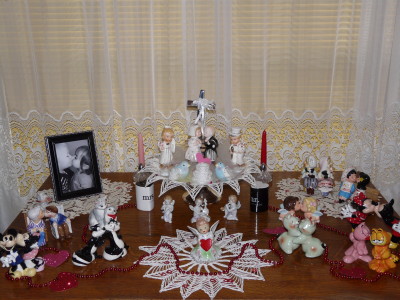
In the brief time that I have been involved in the activity of collecting, I have also become interested in the collections of others. I am looking forward to searching for other collecting enthusiasts throughout northeastern New Mexico to interview and write about in future Collector Profile columns.
Next topic:
Antique Radios

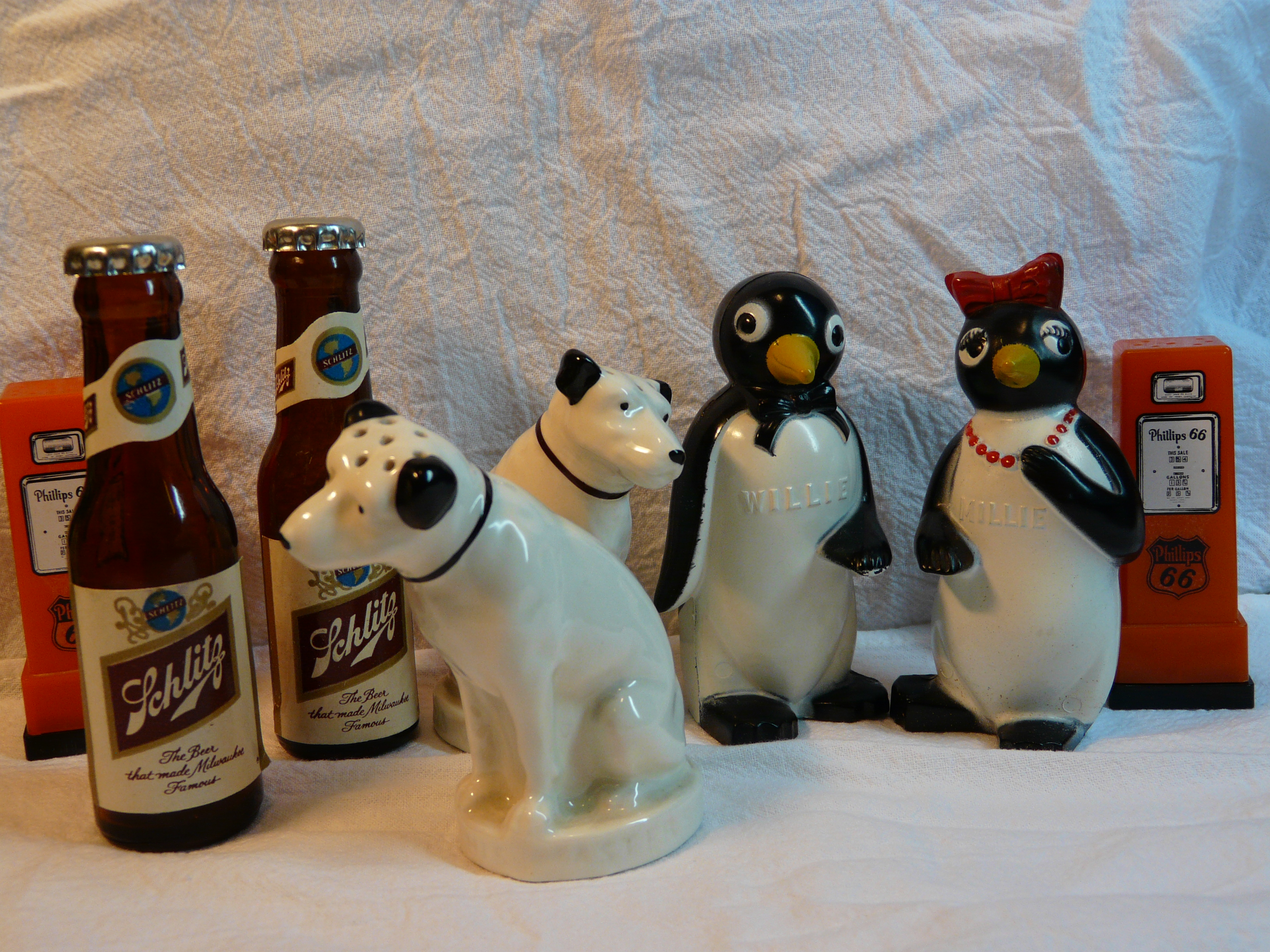
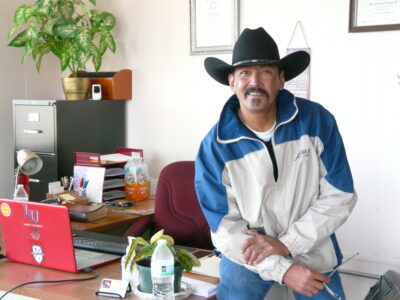
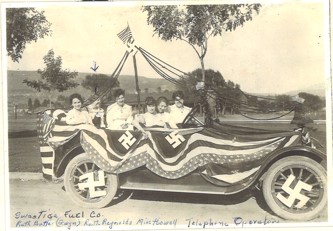


Love this story, I enjoy collecting various items as well.
What a wonderful story!